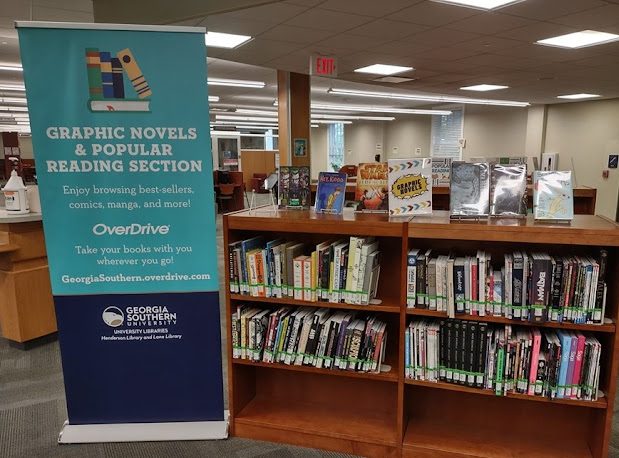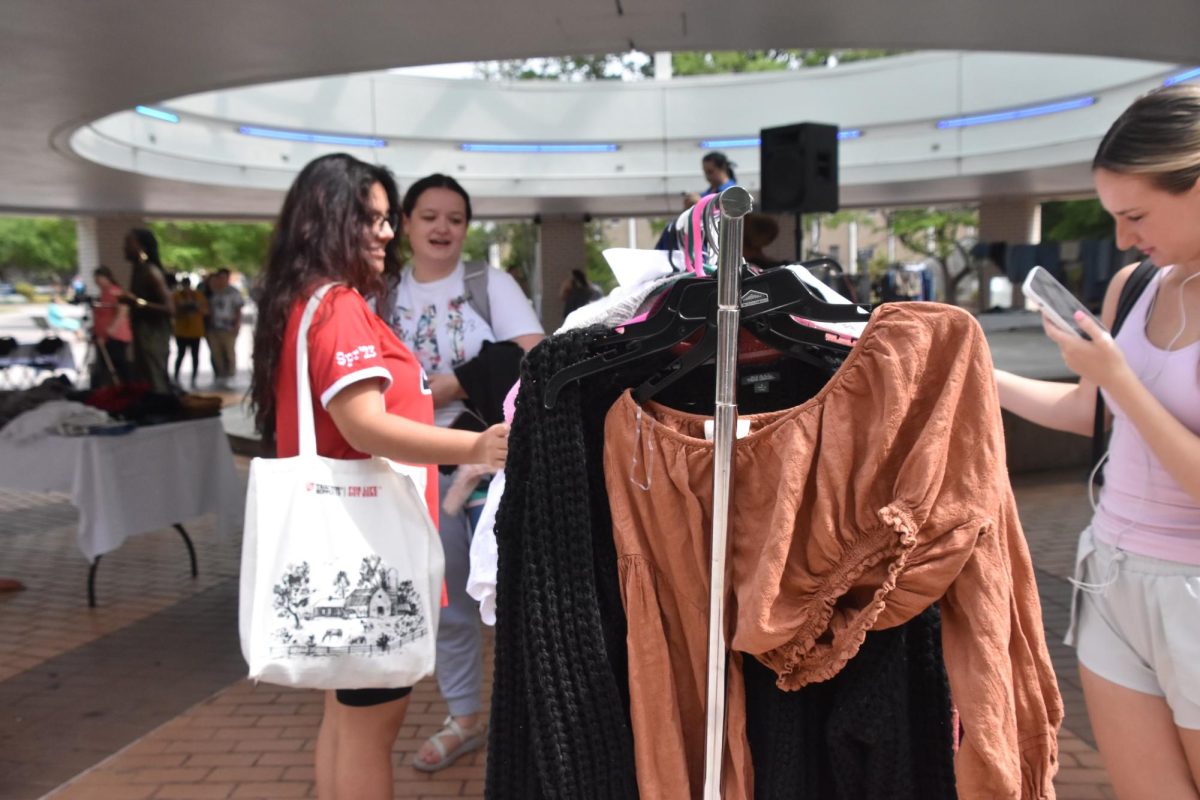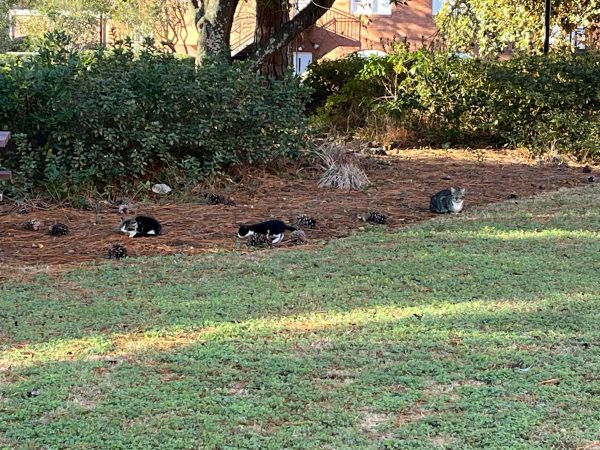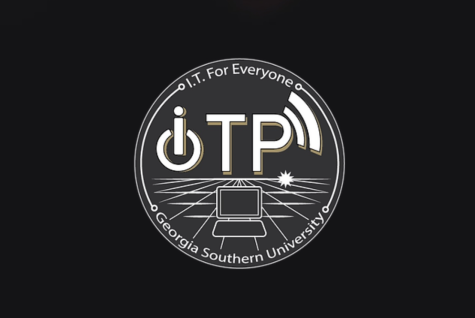Experiencing Holi
March 28, 2017
Moments before the crowd gets drenched with colors, all you can see are people in white clothing trying to learn a traditional folk dance along with the moves to the pop dance called Bollywood. The Festival of Colors, also known as “Holi” festival, returned to Georgia Southern for the third time, and once again, students were eager to participate in the annual Hindu tradition.
Standing in the middle of the crowd not really knowing what to expect, you look around trying to take everything in. Everyone in the crowd has paint on their face, and colorful powdered chalk in their hands while dancing to the music. Then suddenly, the ceremony starts off with the Multicultural Student Center sharing the importance of the event, and the South Asian Student organization speaking on the Hindu tradition and significance of the Holi Festival.
Personal experience
Purva Mallya, a member of the South Asian Student Organization and foreign exchange and graduate student, spoke about her personal experiences with the Holi Festival in India.
“I’ve celebrated Holi my whole life in India. It is called the Festival of Colors but mythologically it is celebrated as the ritual of good and evil, and it is celebrated like two days in India,” Mallya said. “The first day is where you light a bonfire and you pray around it with everyone and you all pray that the warmth destroys the evil in you. And the next day is like the fun day, everybody comes together and smears colors all over each other and drenches each other with water guns, along with water balloons filled with colored water. It’s all fun games and by the end of the day you look like a canvas.”
Mallya was a speaker at the event and explained what the Holi Festival was really about. She was also one of the dancers in both the traditional folk and pop dances. She mentioned how the pop dance, Bollywood, is her favorite.
“We have a traditional dance which is like a folk dance, and then we have Bollywood like the pop dance. Bollywood is like the Hollywood in India, and all of Bollywood movies are musicals. Since it is pop culture, everyone is interested in it,” Mallya said.
“Holi is probably where Bollywood is probably used the most because they have the rain dances in the event. So they play Bollywood music so you can dance with your friends.”
The celebration begins
After learning the importance of Holi and the traditional and pop dances, the crowd became restless to find out when to throw the colors in the air. It is then realized that the festival has more meaning than just the hysteria of colors being thrown in the air.
Director of the Multicultural Student Center, Takeshia Brown, spoke on how the Holi Festival tradition at Georgia Southern came about.
“There was a student worker in our office, and this particular student was Indian and thought it would be cool to not only help her feel connected at Georgia Southern, but also have the opportunity to share her culture with other students here,” Brown said.
Colors fill the air
While you’re at the Holi Festival, the music only adds to the overall excitement, and for a moment you may feel like you’re at a rave. Then the countdown begins, you hear the crowd yell “Holi” and in the next minute you are completely consumed by an array of colors that live in a cloud of smoke. People began to jump up and down, smear more chalk on each other, and you no longer see any white clothing. The crowd is now a sea of color.
Colorful chalk is everywhere: on people’s faces, in their hair, on their clothes, even on their shoes, but as you continue to look around you notice how happy everyone looks around you. Although this festival is an annual tradition in India, you would think the crowd has celebrated this tradition their entire life. The crowd not only participated in the event, but took the time to actually support and understand another culture.
“I think the cool thing specifically to Holi is a festival that is celebrated world round. When I was first interviewing at Southern I saw that they had a festival where they threw colorful powder at each other and I thought that it was fantastic and it celebrates a culture. Then I did more research and realized the festival was celebrated world wide,” Brown said. “We are essentially giving students the opportunity to participate in something that people have been doing for centuries and it gives us an opportunity to partake in it.”
Now that the powder was thrown many people stayed to soak up more of the culture. Many students danced to the Bollywood music and attempted to learn the dances. Others socialized and stayed to absorb the culture. You don’t even realize the amount of colorful chalk you have on you because you are enjoying yourself, because you realize the event is bigger than yourself.
An experience for everyone
“Overall, we live in a global society and it is our duty as a university to provide opportunities to become aware of other cultures because students are going to be working with people who look like them and who do not look like them. Who are native born speakers, who are not native born speakers, who have religious and cultural practices that impact their very lives,” Brown said. “As an employee you need to be aware of that and as an employer you need to be aware of that.”
The Holi festival is an experience meant for everyone. Seeing the colors of blue, pink, orange, green, red and purple thrown into the air only adds to the excitement. It is an annual event at Georgia Southern that is highly encouraged to attend. Remember when you attend that the event is intended to bring everyone together no matter what race and religion, and that the event is truly bigger than you are.











